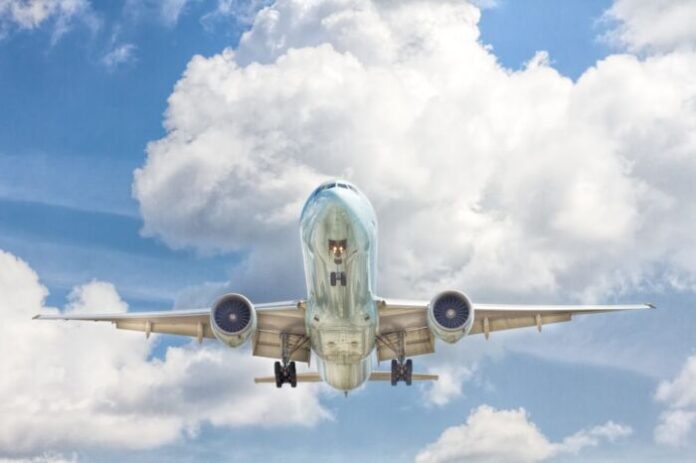
Hybrid planes are the future of sustainable mobility. It is urgent to find alternatives for flying that reduce CO2 emissions. According to statistics, passenger traffic is increasing at a dizzying rate, in 2018 there was a surge of 6% on the previous year. Global medium-term forecasts reveal that the growth in demand for air services between 2018 and 2023 will grow by almost 30%.
Good news for airlines but not for the environment. Airplanes are the most polluting means of transport. Volare produces 285 grams of CO2 per passenger (an average of 88 people per flight) per kilometer traveled. About 8 tons out of 10 of this CO2 emitted concerns long distances, over 1500 km.
According to data released by the Air Transport Action Group, a consortium of experts in the aviation sector that deals with issues related to sustainable development, the sector would be responsible for around 2% of the CO2 emissions produced by human activity worldwide (the 3% of European ones).
The impact of emissions increases with altitude; furthermore, the cloud formations generated by the aircraft trails trap radiation in the atmosphere. Considering these elements, the impact of the aviation industry on climate change is higher.
At the moment, the airlines are not subject to regulations on CO2 emissions, but the sector has been committed voluntarily to achieving reduction targets for several years. For example, the International Air Transport Authority (IATA) aims to cut emissions by 50% by 2050 compared to 2005 levels.
There are two main areas of investment: improving engine efficiency and using lighter materials. For the former, much is being focused on hybridization, a process that currently involves small aircraft or that fly short distances. Significant advances in the automotive industry in recent years encourage the development of hybrid aircraft engines. However, at the moment electric propulsion is not yet a valid alternative, although it has a high potential when looking at the long term.
For now, reducing emissions involves improving existing technologies. First of all, the aim is to lighten the materials, also through the use of 3D printed materials and lighter metal alloys such as aluminum-lithium. Another alternative is zero-impact liquid biological fuels, based on vegetable oil or chemically synthesized, which could bring savings of up to 70-90%, or hydrogen-based fuels.
The road ahead to reduce the polluting emissions of aircraft is still long and uncertain but there is a firm will to pursue this objective and make the aeronautical sector sustainable and less harmful to the environment.



































